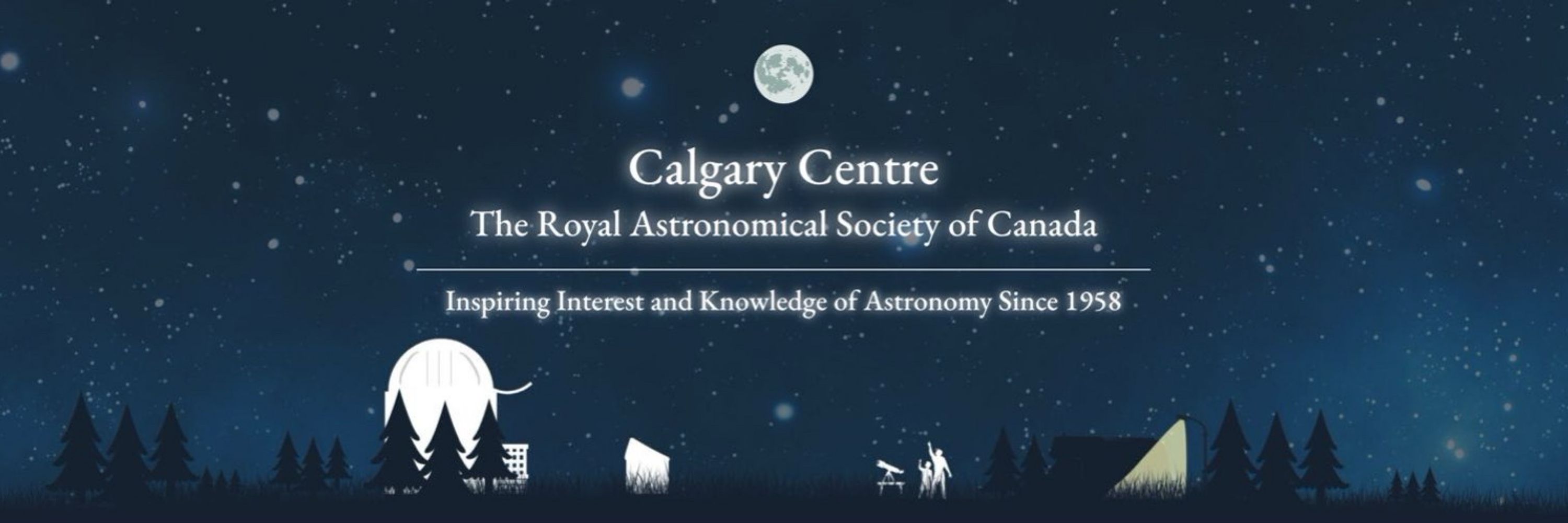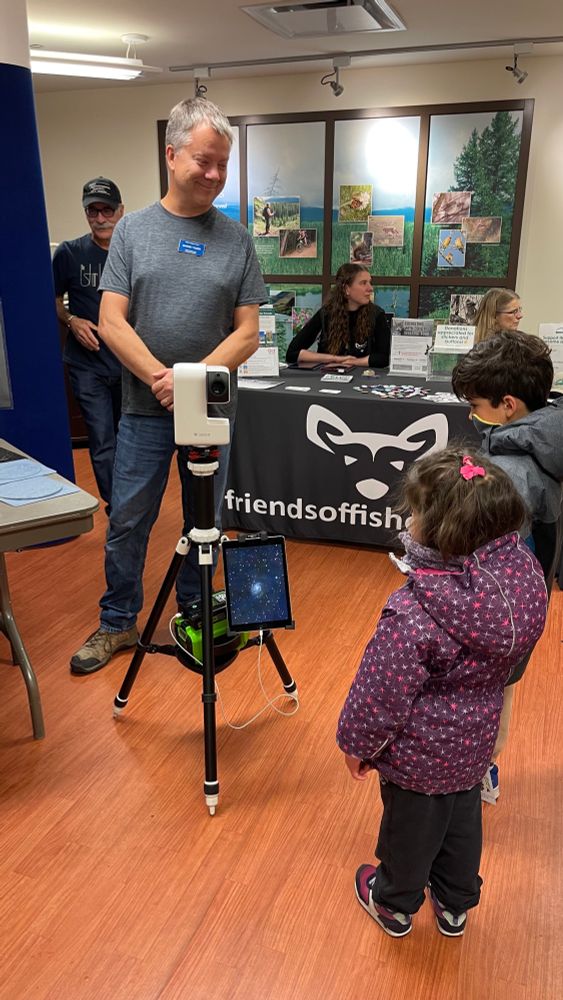RASC Calgary Centre
@calgaryrasc.bsky.social
500 followers
95 following
380 posts
Explore the sky, space and astronomy with the Calgary Centre of The Royal Astronomical Society of Canada!
Email us: [email protected]
calgary.rasc.ca
Posts
Media
Videos
Starter Packs
Reposted by RASC Calgary Centre
Reposted by RASC Calgary Centre
Reposted by RASC Calgary Centre
Reposted by RASC Calgary Centre
Reposted by RASC Calgary Centre
Reposted by RASC Calgary Centre
Reposted by RASC Calgary Centre
Reposted by RASC Calgary Centre
Reposted by RASC Calgary Centre
Reposted by RASC Calgary Centre























